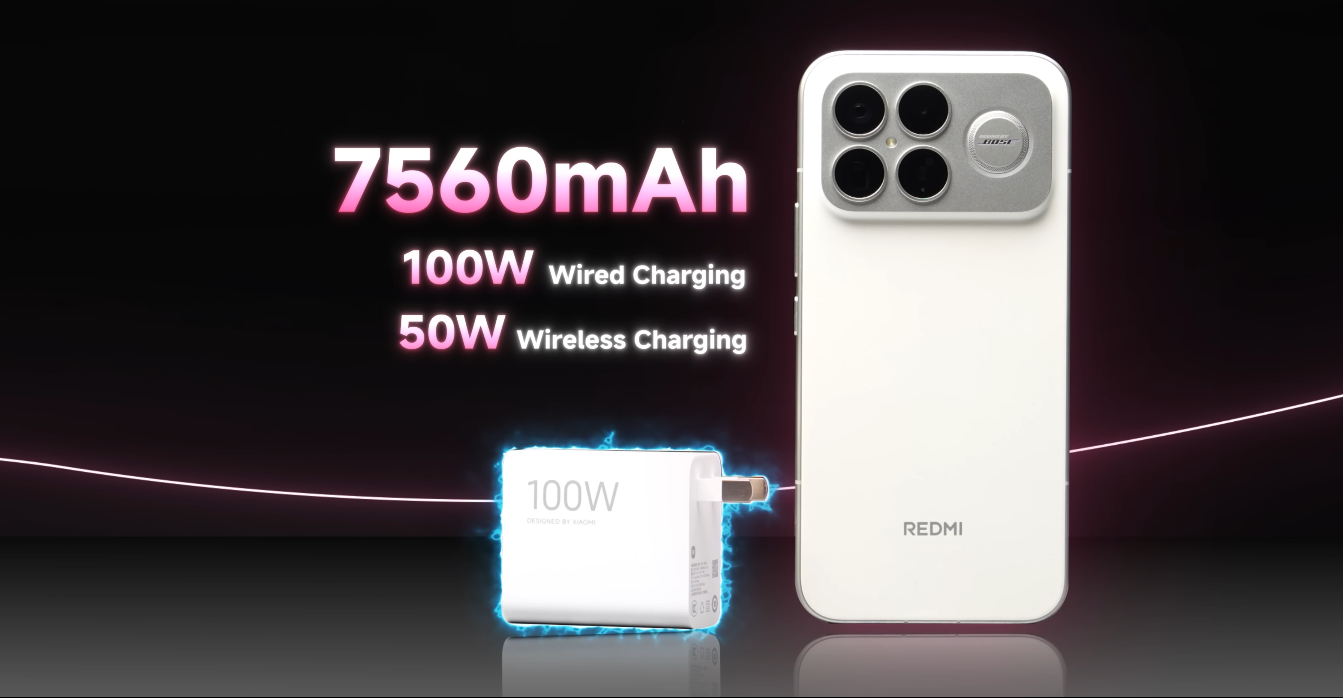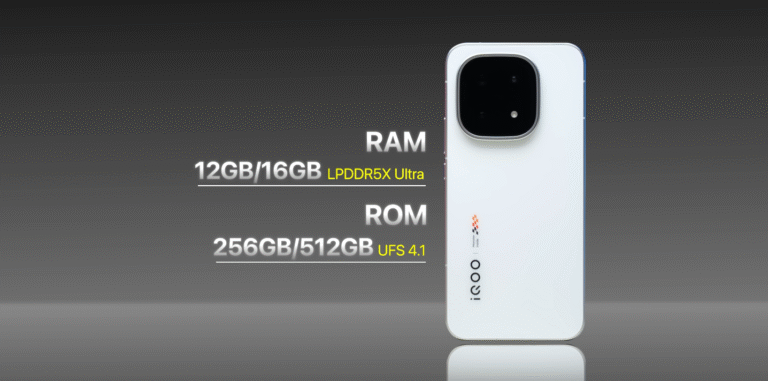Redmi K90 Pro Max fast-charging tested: from 0-100% in how many minutes?

Evaluating real charging performance in everyday use
The Redmi K90 Pro Max is positioned as a performance-focused flagship, and its fast-charging capability is one of the main features that helps define its user experience. With a large 7,560 mAh battery, the phone requires an efficient charging system to remain practical for daily use, especially for those who frequently multitask or game. The manufacturer equips the device with 100W wired fast charging and 50W wireless charging to address this need. These figures suggest rapid top-ups even with such a substantial battery capacity.
In controlled usage conditions, the wired 100W charger is capable of bringing the phone from near-empty to around halfway in a noticeably short span. This early charging curve is typically where the charger applies higher power to refill energy quickly. As the battery level increases, power gradually tapers to protect battery health. The final stretch from around 80% to 100% usually slows down slightly, which is expected across most modern fast-charging systems designed for longevity.
When charging from 0 to 100% using the official wired charger, the Redmi K90 Pro Max regularly completes the process in the range of approximately 30 to 40 minutes under typical conditions. Variations occur depending on battery temperature, background tasks, and room environment. In moderate indoor temperatures, the charging system performs closer to the lower end of the estimated range. If the phone is warm from recent gaming or outdoor use, the system adjusts the charging speed to avoid overheating, resulting in slightly longer charging times.

The phone’s internal charging management system plays an essential role in balancing speed and safety. It monitors cell temperature, power distribution, and the charging curve in real time. This ensures that the fastest charging phases take place when conditions are optimal. Once charging begins to slow, the system is prioritising battery health rather than raw speed. This behaviour is designed to extend battery lifespan and maintain capacity retention over months and years of daily use.
Wireless charging performance offers additional flexibility, particularly for users who prefer a cable-free setup at home or at their desks. The 50W wireless charging speed allows for reasonably quick replenishment without plugging in. While wireless charging does not match the pace of the wired option, it still delivers a meaningful top-up within short breaks and is convenient for users who place their phone on a charging pad between tasks. The wireless system also includes heat management features to keep the charging coil and battery within safe operating temperatures.
The size of the battery makes these fast-charging capabilities especially important. A battery of this capacity is well-suited for demanding users who stream, record content, or play games for extended periods. With many smartphones, a large battery often comes at the cost of long recharge times. Here, the fast-charging system counterbalances the capacity, allowing heavy users to replenish quickly when needed. This advantage becomes useful during busy days when prolonged access to a charger is not possible.
From a UK usage standpoint, such fast-charging performance is practical during commuting, work breaks or travel. A quick 10 to 15-minute charge can provide several hours of moderate use. This reduces the pressure of keeping the phone charged throughout the day. For users who frequently rely on navigation, messaging, and media playback, it means the device remains ready without requiring nightly full charges or mid-day plug-in habits.
The phone remains comfortable during charging thanks to its thermal design, which distributes heat across the chassis rather than allowing one area to become excessively hot. Even during fast charging, temperatures are managed in a way that keeps the device safe to hold. The cooling system supports both gaming performance and charging stability, preventing heat build-up that could otherwise limit charging speed or cause slowdown during multitasking.
Battery health management is another important consideration. While fast charging often raises concerns about long-term degradation, the regulated charging curve helps reduce stress on cells. Power is delivered aggressively only when the battery is at a safe state to accept it. As it fills, the system shifts to more gentle charging. This protects the chemical structure of the battery over repeated cycles, which is essential for maintaining long-term endurance.
Overall, in real-world use, the Redmi K90 Pro Max is capable of charging from 0 to 100% in around 30 to 40 minutes using its official 100W wired charging system. This is a strong result given the large 7,560 mAh battery, and it positions the device well for users who prioritise both endurance and convenience. The balanced approach to heat management, charging speed and battery protection allows the phone to deliver fast power top-ups without compromising long-term reliability.






